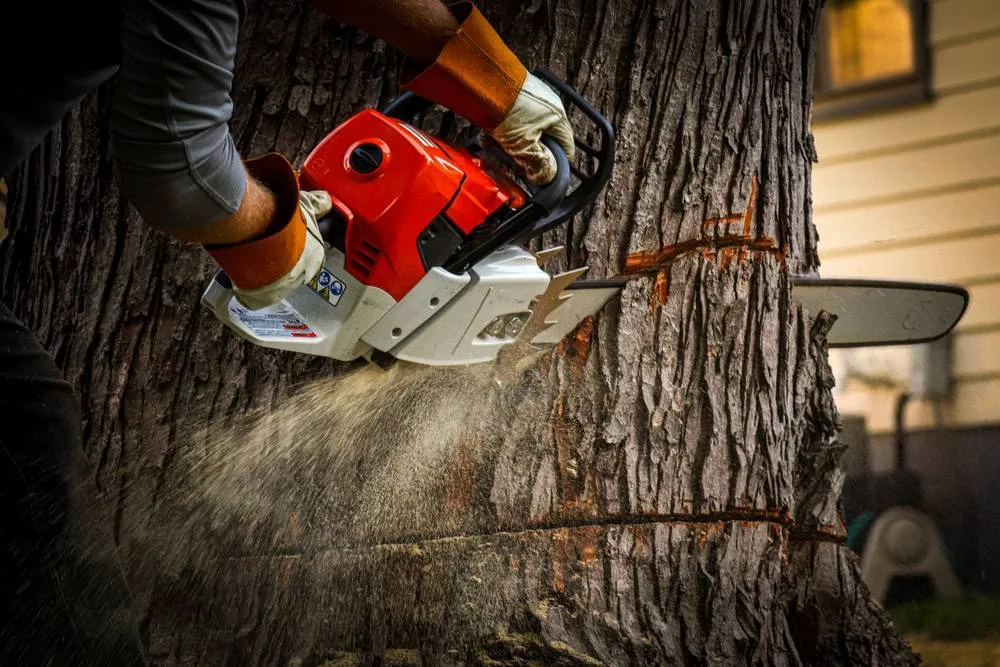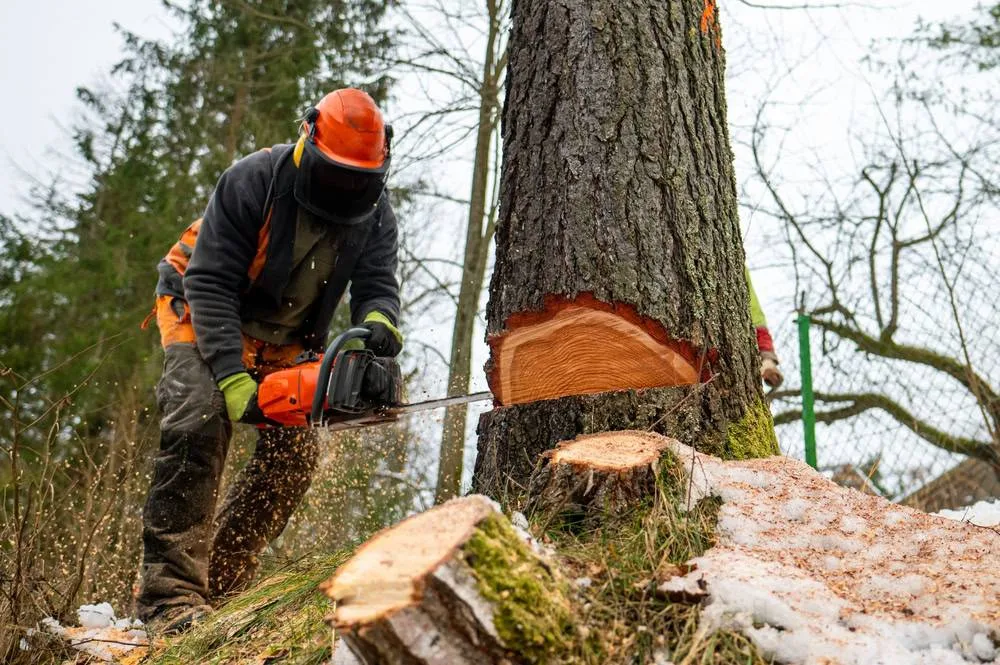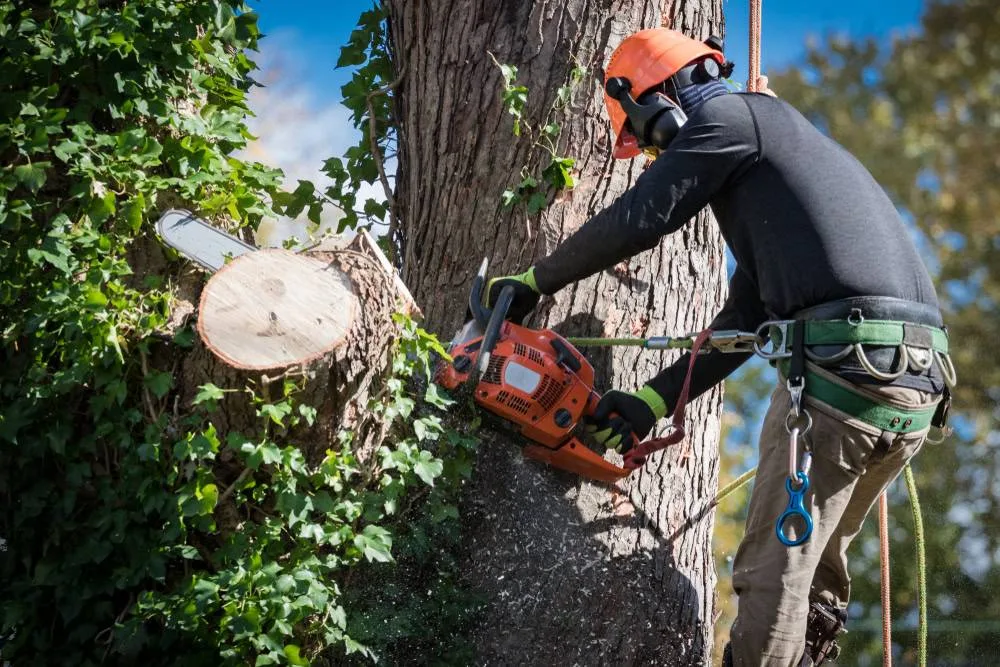Tree Services in Hewlett, NY
Safe, Professional Tree Care Solutions
Certified arborists protecting your property with expert tree removal, trimming, and emergency services throughout Nassau County.

Hear from Our Customers

Professional Tree Care Hewlett
When your trees are properly maintained, you sleep better during storms. You don’t worry about branches falling on your roof or car. Your property looks better, and your insurance company stays happy.
Professional tree care means fewer emergency calls, lower long-term costs, and trees that actually add value to your property instead of threatening it. You get the peace of mind that comes from knowing a certified arborist has evaluated your trees and addressed any safety concerns before they become expensive problems.
Whether you need routine pruning to keep trees healthy or emergency removal after storm damage, proper tree services protect what matters most to you. Your family’s safety, your property’s value, and your ability to enjoy your outdoor space without constantly worrying about overhead hazards.
Hewlett Tree Company Experts
Green Light Tree Services has been serving Hewlett and Nassau County property owners for years, building a reputation for reliable, professional tree care. Our team includes certified arborists who understand Long Island’s unique tree species and weather challenges.
You’re dealing with a local company that knows how nor’easters and summer storms affect trees in this area. Our crew has handled everything from routine maintenance on century-old oaks to emergency storm cleanup throughout Nassau County.
Fully licensed and insured, we bring professional equipment and expertise to every job, whether it’s a simple pruning project or complex tree removal near power lines.

Tree Service Process Hewlett
First, our certified arborist evaluates your trees and discusses your concerns. You get a clear explanation of what needs to be done and why, plus a detailed estimate with no surprises.
Our crew arrives with proper equipment and safety gear, setting up protection for your property before any cutting begins. All work follows industry safety standards, and we coordinate with utility companies when necessary for jobs near power lines.
After the tree work is complete, everything gets cleaned up. Debris is removed, and you’re left with a property that looks better than when we arrived. You also receive documentation for insurance purposes if the work was related to storm damage or safety concerns.

Ready to get started?
Complete Tree Services Hewlett
Tree removal, pruning, emergency storm response, stump grinding, and health assessments – you get comprehensive tree care from certified professionals. We handle everything from small ornamental trees to large specimens that require specialized equipment.
Emergency services are available 24/7 because storms don’t wait for business hours. When trees fall across driveways or threaten structures, you need immediate response from professionals who can work safely around power lines and damaged property.
Regular maintenance services include pruning for health and safety, disease treatment, and preventive care that extends tree life and reduces future problems. Every service includes proper cleanup and disposal, so you don’t deal with the mess.
